Key Takeaways
- Silverfish have natural predators including spiders, centipedes, earwigs, ants, and geckos.
- Predators help control silverfish but usually can’t eliminate a full infestation.
- Silverfish prefer damp, dark areas and feed on starchy materials like paper and fabric.
- Lowering humidity, sealing cracks, and removing food sources are key prevention strategies.
- Use natural repellents like cedar, lavender, cinnamon, and diatomaceous earth for safe, chemical-free deterrence.
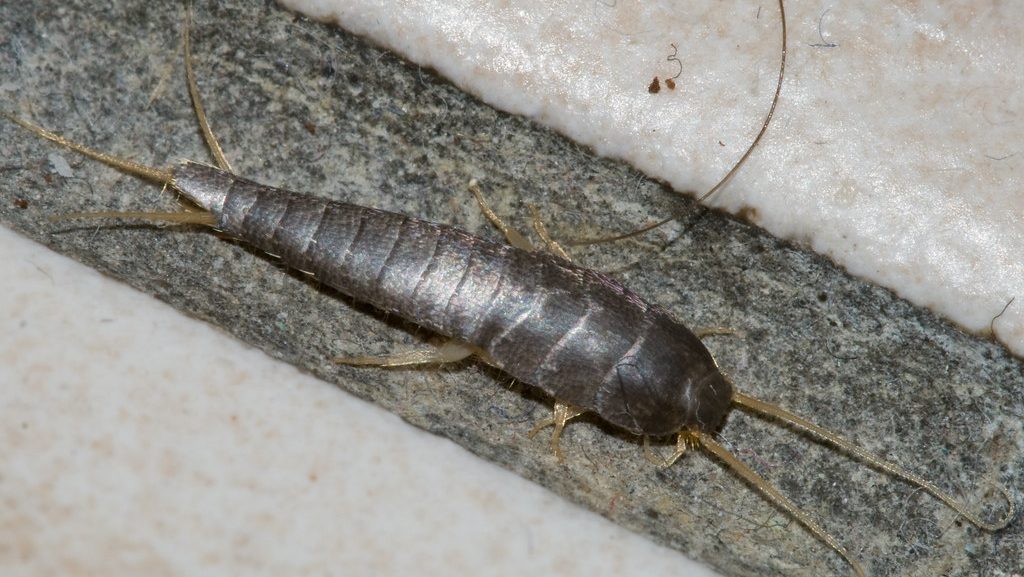 Silverfish are among the most stubborn household pests. These small, silvery insects scuttle through dark corners, feeding on paper, fabric, and pantry items. While they don’t bite or spread disease, their presence can be frustrating—especially when they damage books, wallpaper, or stored clothing.
This article serves as a comprehensive guide on identifying silverfish’s natural predators and understanding how they can help control silverfish populations. It also provides tips on preventing and managing silverfish infestations naturally and highlights when to seek professional pest control.
Concerned that silverfish are taking over your home? Schedule your Free Pest Inspection Today. Our experts can quickly assess and manage any pest issues, ensuring your living space stays comfortable and silverfish-free.
Silverfish are among the most stubborn household pests. These small, silvery insects scuttle through dark corners, feeding on paper, fabric, and pantry items. While they don’t bite or spread disease, their presence can be frustrating—especially when they damage books, wallpaper, or stored clothing.
This article serves as a comprehensive guide on identifying silverfish’s natural predators and understanding how they can help control silverfish populations. It also provides tips on preventing and managing silverfish infestations naturally and highlights when to seek professional pest control.
Concerned that silverfish are taking over your home? Schedule your Free Pest Inspection Today. Our experts can quickly assess and manage any pest issues, ensuring your living space stays comfortable and silverfish-free.
What Are Silverfish?
Silverfish are small, wingless insects known for their silvery, fish-like appearance and nocturnal habits. Commonly found in dark, damp areas such as bathrooms, basements, and kitchens, they feed on paper, glue, fabrics, and food crumbs. Understanding their behavior is key to effective silverfish control.Silverfish Basics
-
Size: About ½ inch to 1 inch long.
-
Color: Silver-gray, metallic appearance.
-
Speed: Fast runners but cannot climb smooth surfaces.
-
Lifespan: Can live up to 8 years, making them long-lived for insects.
-
Habitat: Prefer dark, humid areas like bathrooms, basements, and attics.
-
Diet: Feed on starches found in paper, books, wallpaper glue, cardboard, and pantry goods.


Not getting a solution?
Get your free pest control estimate today!What Are Silverfish’s Natural Predators?
Silverfish have several natural predators that help keep their populations in check. Common enemies include spiders, centipedes, earwigs, ants, and geckos. Encouraging or tolerating these natural predators can serve as a helpful, chemical-free method to reduce silverfish infestations.Common Silverfish Predators
-
Spiders: House Spiders are beneficial arachnids that prey and eat silverfish indoors. These harmless spiders spin webs or hunt silverfish directly, significantly controlling their numbers. Allowing spiders to remain in non-living spaces, like attics or basements, can help reduce silverfish naturally.
-
House Centipedes: Centipedes are effective predators of silverfish, often lurking in humid environments where silverfish thrive. Though their appearance may seem unsettling, house centipedes significantly limit silverfish populations by actively hunting them, making your home less inviting to pests.
-
Earwig: Earwigs, despite their intimidating pincers, are harmless to humans and beneficial as predators of silverfish. Found near moisture-rich areas, earwigs hunt and consume silverfish and other small insects, helping to maintain a natural balance in your home’s ecosystem.
-
Ants: Certain ant species, such as carpenter ants and pavement ants, prey on silverfish opportunistically. While ants themselves can sometimes be pests, small populations of ants outdoors can naturally curb silverfish numbers before they invade your home.
-
Geckos and Lizards: In warmer U.S. states, house geckos and small lizards offer natural pest control by feeding on silverfish and other household insects. Attracting these beneficial reptiles by maintaining pesticide-free environments outdoors can help manage silverfish infestations effectively.
-
Ground Beetles: Fast-moving insects that sometimes eat silverfish but are uncommon indoors.
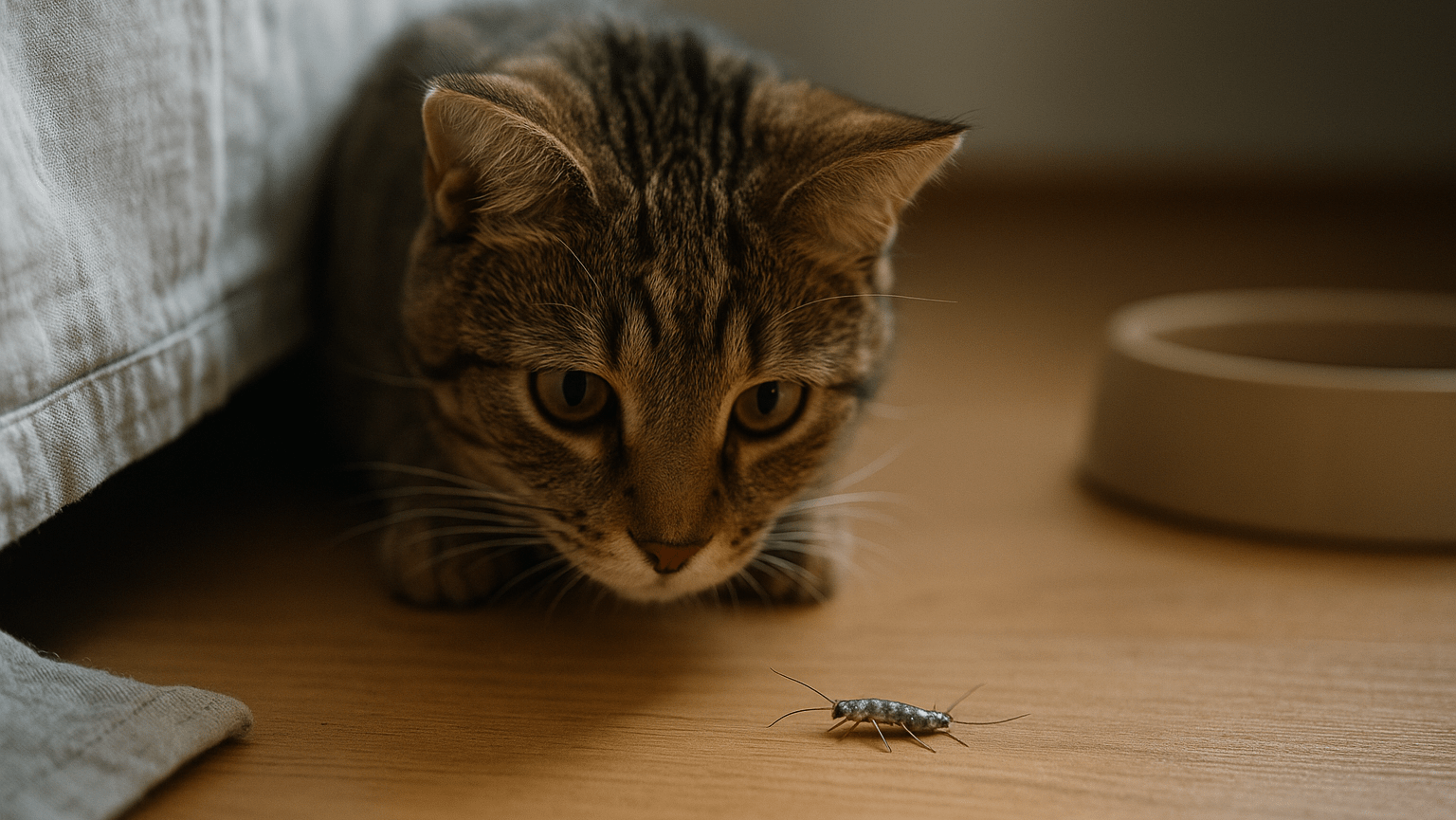
Pets vs. Silverfish: Can Dogs or Cats Help?
-
Pet Curiosity: Cats and dogs may occasionally chase or catch silverfish out of instinct or curiosity due to their fast movements.
-
Limited Effectiveness: Relying on pets for pest control is not reliable—silverfish reproduce quickly and hide in areas pets can’t access.
-
Better Alternatives: Natural repellents, environmental controls, and sealing entry points offer more effective and long-term silverfish prevention.
Can Natural Predators Get Rid of Silverfish — Why Predators Aren’t Enough
-
Rapid Reproduction: Silverfish lay over 100 eggs at a time, making it easy for populations to rebound even if a few are eaten.
-
Limited Impact by Predators: Natural predators like spiders or centipedes only catch a few silverfish, leaving most hidden and unharmed.
-
Inaccessible Hiding Spots: Silverfish live in cracks, wallpaper glue, and behind baseboards—places predators can’t reach.
-
Homeowner Preference: Most people prefer not to rely on other insects like spiders or centipedes to manage pests indoors.
How to Attract Natural Predators Safely
To naturally reduce silverfish, create a safe habitat for beneficial predators. Avoid harsh chemicals that harm natural predators, maintain small garden areas to attract lizards, and limit indoor disturbances for spiders and centipedes. These practices encourage a natural ecological balance to keep silverfish away.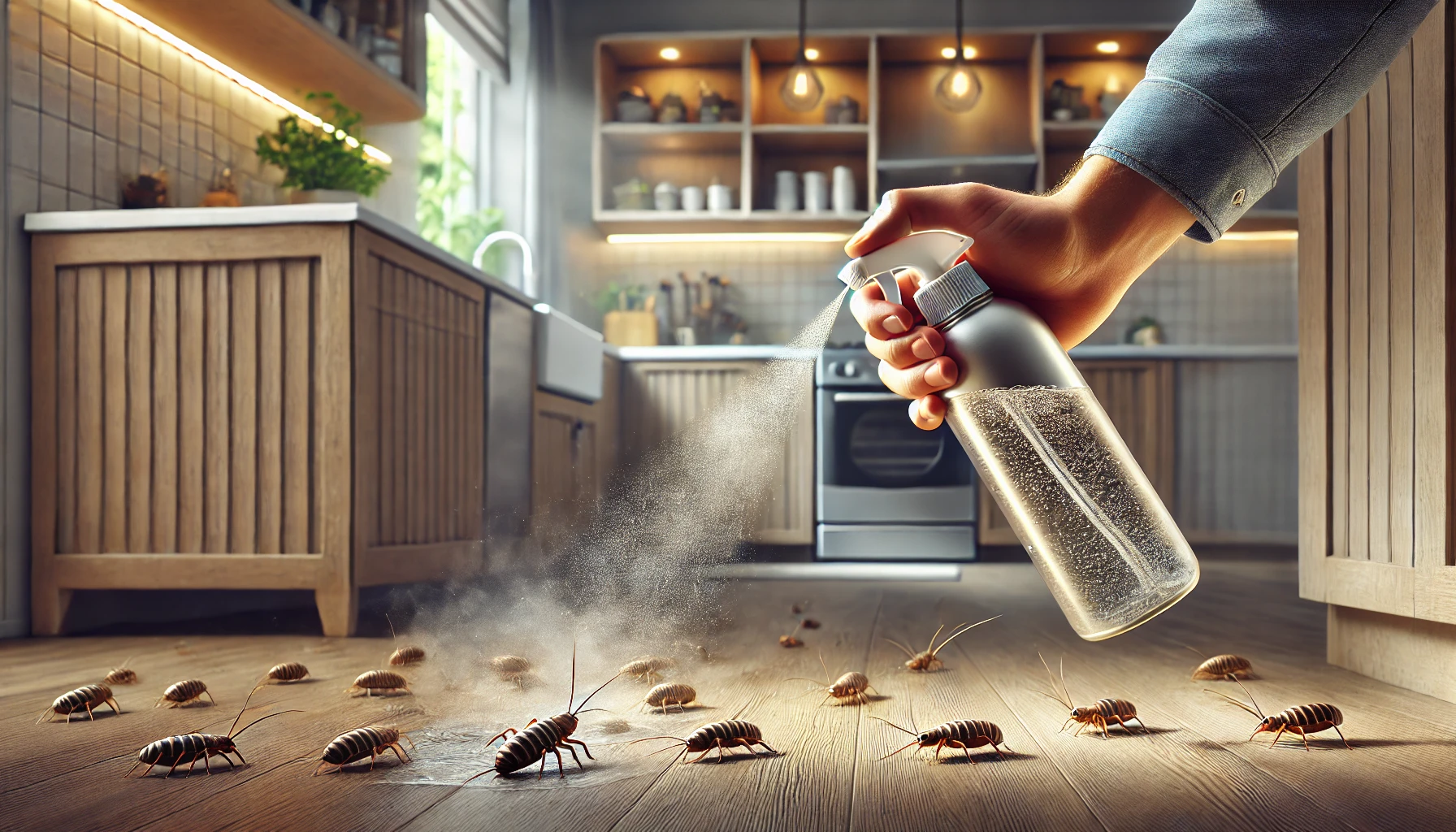
How to Prevent & Eliminate Silverfish (Naturally!)
Silverfish are a small, wingless insects or organisms that flourish in dark, damp and clutter environments and also may pose both an annoyance, irritation and a risk to your household items of different types. Recognizable by their silvery hue and quick movements, these pests are commonly found in high-humidity areas, including basements, bathrooms, and kitchens. In addition to being a bothersome sight, silverfish can gradually damage books, textiles, and paper-based products. This guide aims to familiarize you with natural, eco-friendly techniques for preventing and eradicating silverfish infestations. By emphasizing and putting your mind on moisture management, regular cleaning, and the thoughtful employment of natural repellents, you can safeguard your home without the need for harsh chemical treatments. Let us investigate how sustainable practices can foster an environment that deters these unwelcome intruders.Step 1: Reduce Humidity & Moisture
-
Use dehumidifiers in basements, attics, and bathrooms.
-
Fix leaky pipes and wipe up condensation to remove water sources.
-
Improve ventilation with exhaust fans in washrooms and laundry rooms.
Step 2: Eliminate Food Sources
-
Store books, newspapers, and important papers in sealed containers.
-
Keep pantry staples like cereal, flour, and pet food in airtight containers.
-
Remove cardboard boxes from storage areas—silverfish eat the glue!
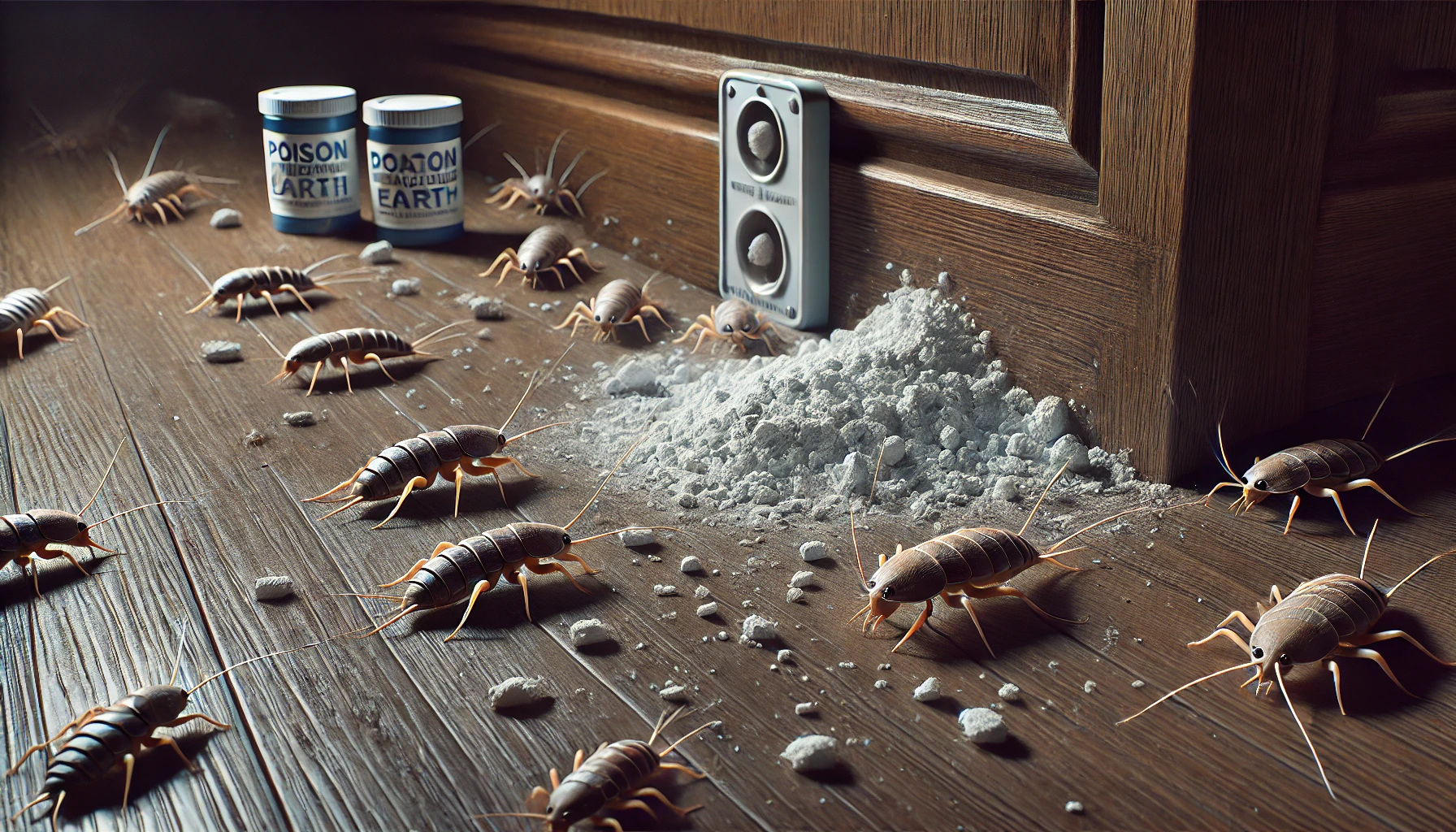
Step 3: Use Natural Repellents
-
Cedarwood: Place cedar blocks or use cedar essential oil in drawers, closets, and storage spaces to deter silverfish.
-
Lavender: Use lavender oil sprays or sachets in infested areas—its strong scent repels silverfish effectively.
-
Cinnamon & Cloves: Keep spice sachets in pantries, bookshelves, or closets to discourage silverfish activity.
-
Citrus Peels: Dry lemon or orange peels and place them in problem areas—silverfish dislike the citrus aroma.
Step 4: Use Diatomaceous Earth (DE)
-
Sprinkle food-grade DE along baseboards, in cracks, and behind appliances.
-
DE kills silverfish by dehydrating them but is safe for humans and pets.
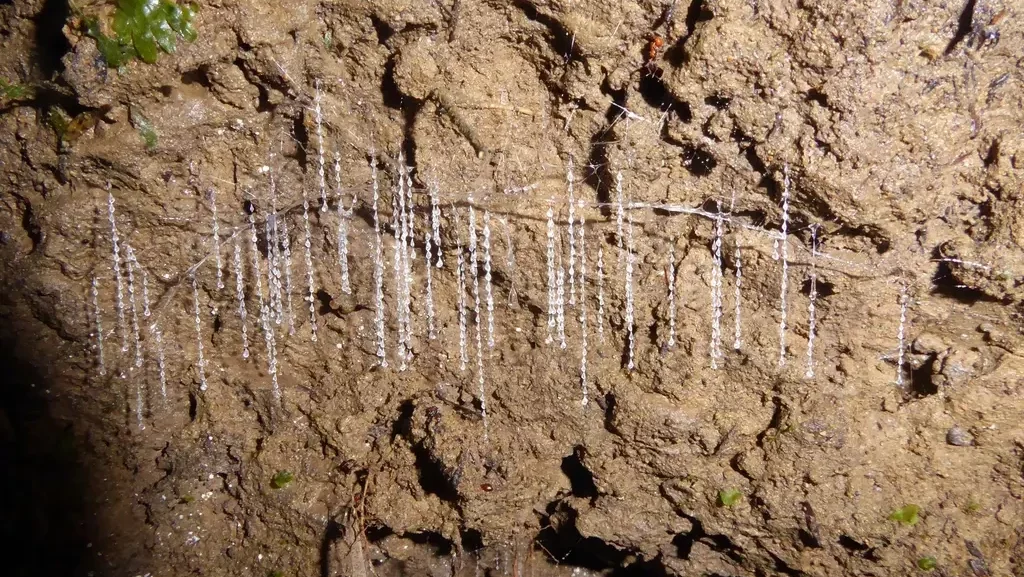
Step 5: Set Traps to Catch Silverfish
-
Glass Jar Trap: Wrap the outside of a jar with tape and place a piece of bread inside. Silverfish climb in but cannot escape.
-
Sticky Traps: Place traps along baseboards, under sinks, and in closets to catch silverfish.
-
Rolled Newspaper Trick: Roll up a damp newspaper and leave it overnight. In the morning, discard it with trapped silverfish inside.
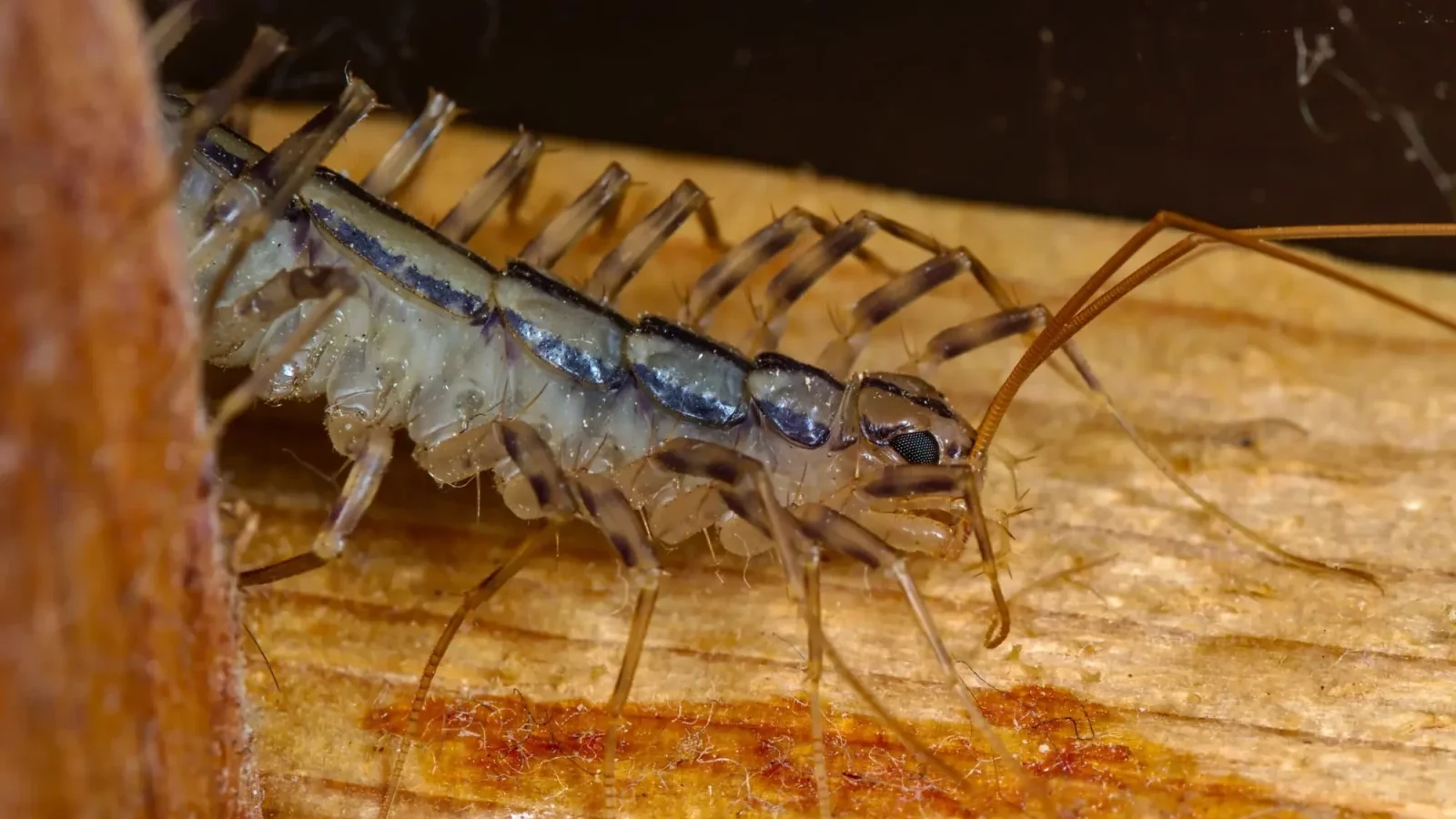
Step 6: Seal Cracks & Entry Points
-
Use caulk to seal cracks around baseboards, doors, and windows.
-
Install door sweeps to prevent silverfish from crawling inside.
-
Ensure attic vents and crawl spaces are properly screened.
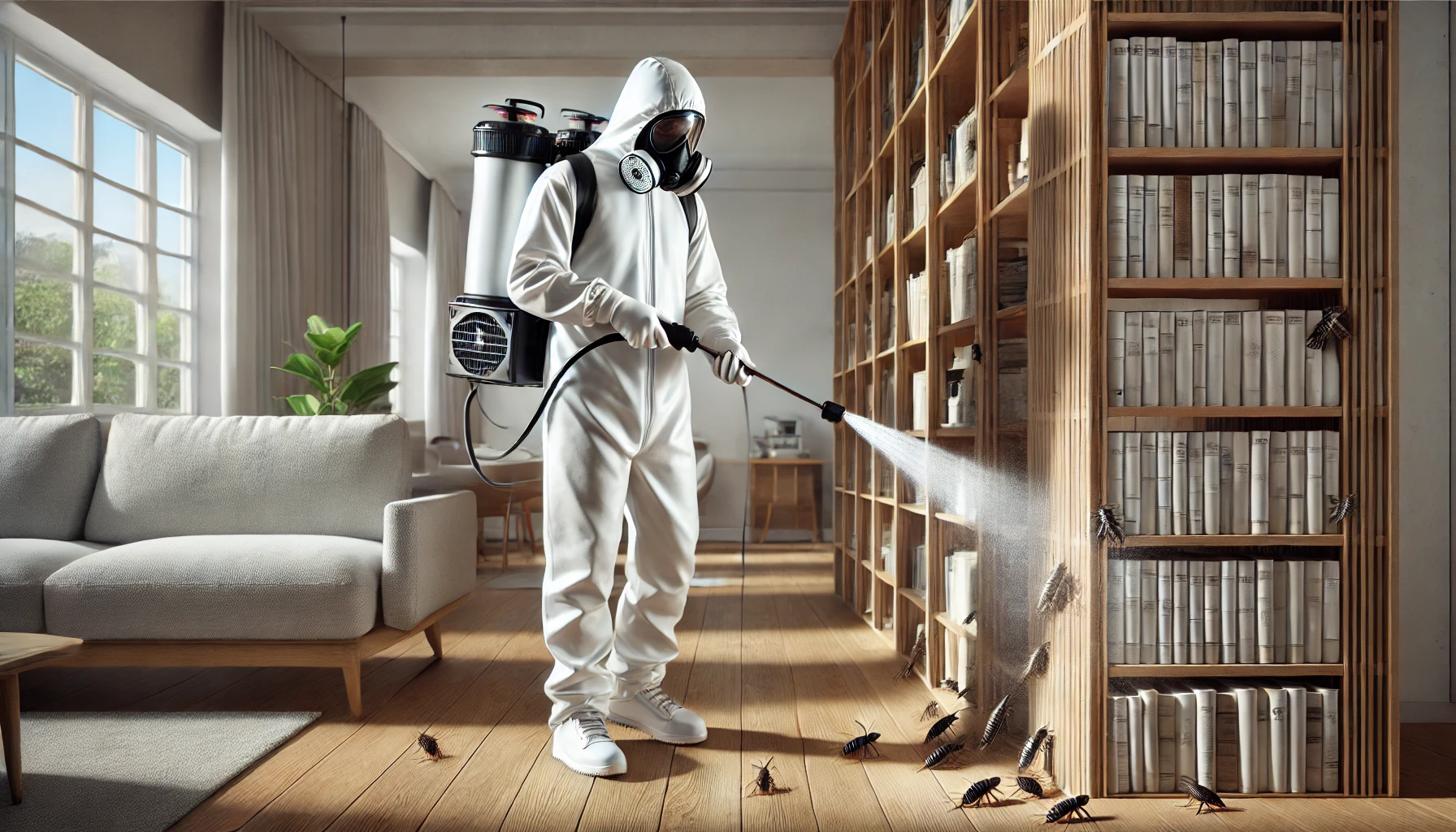 When Natural Predators Aren’t Enough: Signs to Call Pest Control
If you continue to spot multiple silverfish despite natural predator presence, it’s time to call professional pest control. Professionals provide targeted solutions to effectively eliminate silverfish, addressing infestations before they become severe
When Natural Predators Aren’t Enough: Signs to Call Pest Control
If you continue to spot multiple silverfish despite natural predator presence, it’s time to call professional pest control. Professionals provide targeted solutions to effectively eliminate silverfish, addressing infestations before they become severe





